Drayton Hall is a Palladian mansion situated along the Ashley River outside of Charleston, South Carolina. It is the only plantation home along the river to survive the Revolutionary and Civil Wars. It is suspected that the home’s service as a hospital during the Civil War saved it from burning.
The mansion was built for John Drayton, Sr. in the late 1740s, and sat on a 630-acre property that used enslaved labor to grow rice and indigo.
Per Drayton Hall, “While no documents survive from this period to provide the exact number of enslaved individuals owned by John Drayton, he owned more than 100 commercial plantations totaling approximately 76,000 acres of land, and the figure is likely in the thousands.”
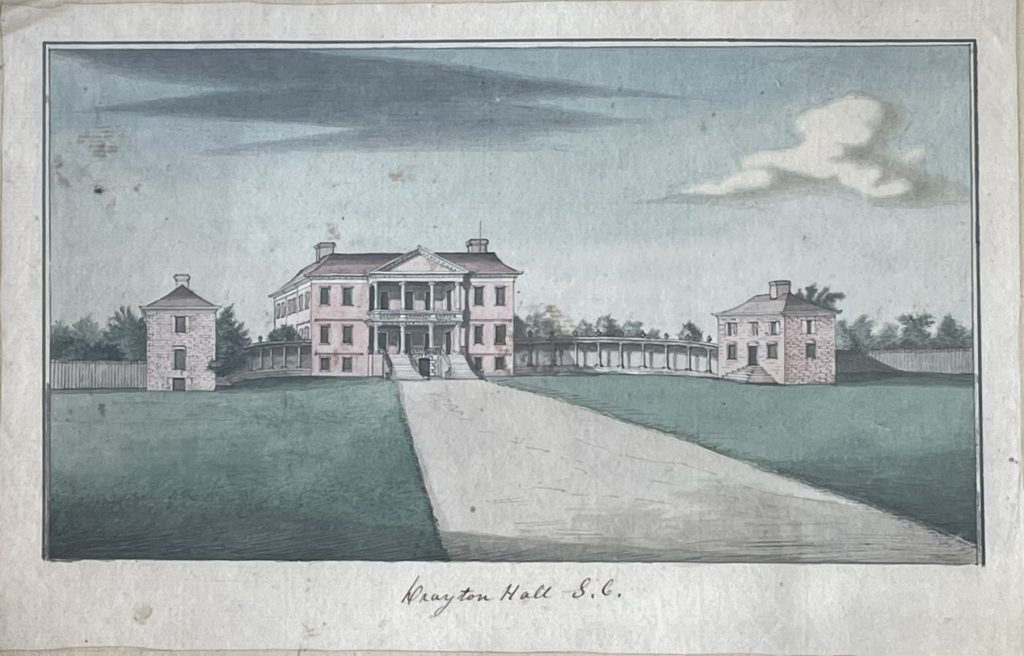
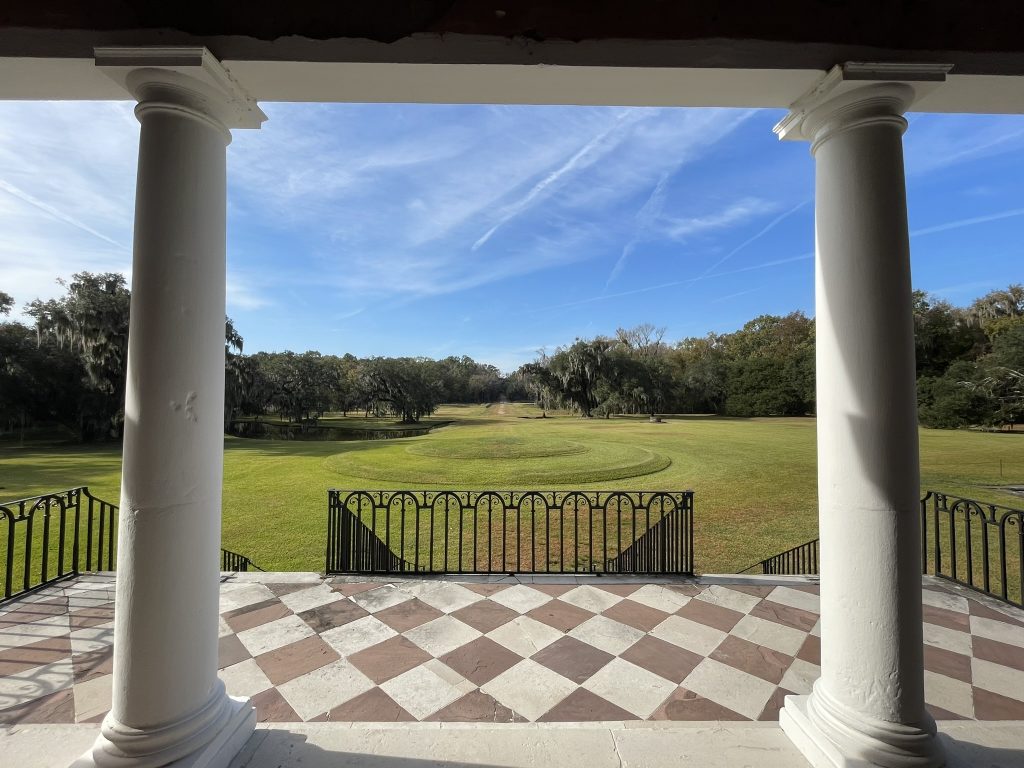
After the Civil War, phosphate was discovered on the land and a large scale mining operation went into business. This saved the plantation from financial ruin, since they now had to pay for labor.
Miraculously, the home remained in the Drayton family through seven generations. It was used as a weekend retreat by the family up until the 1970s, even though it was never modernized and had no plumbing or electricity or central heating/air conditioning.
The family then sold the home to the National Trust for Historic Preservation in the 1970s.
Since the home was never been restored or renovated, it stands as a true monument to its history.
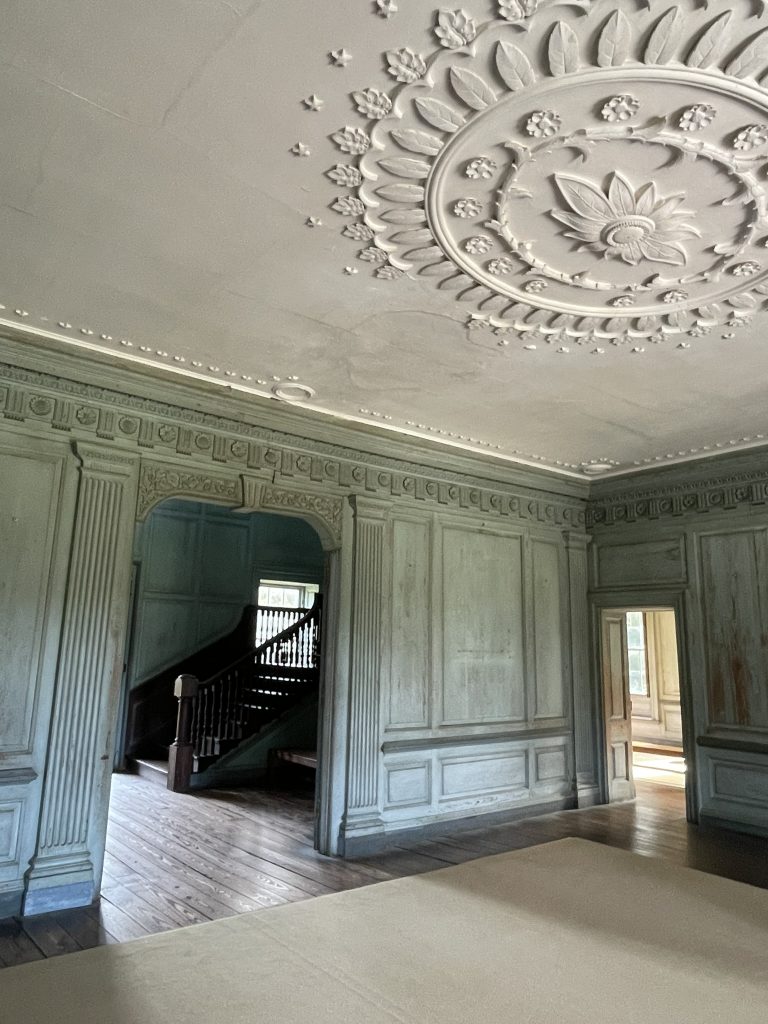
The Trust running the site has made the interesting decision to show the house unfurnished.
At the beginning of the tour, our guide warned us that the house had not been restored and did not include fancy antiques and heirlooms and decor like nearly all other remaining plantation homes from the period.
Though I was a bit dubious at this announcement, I was totally won over by the end of our tour.
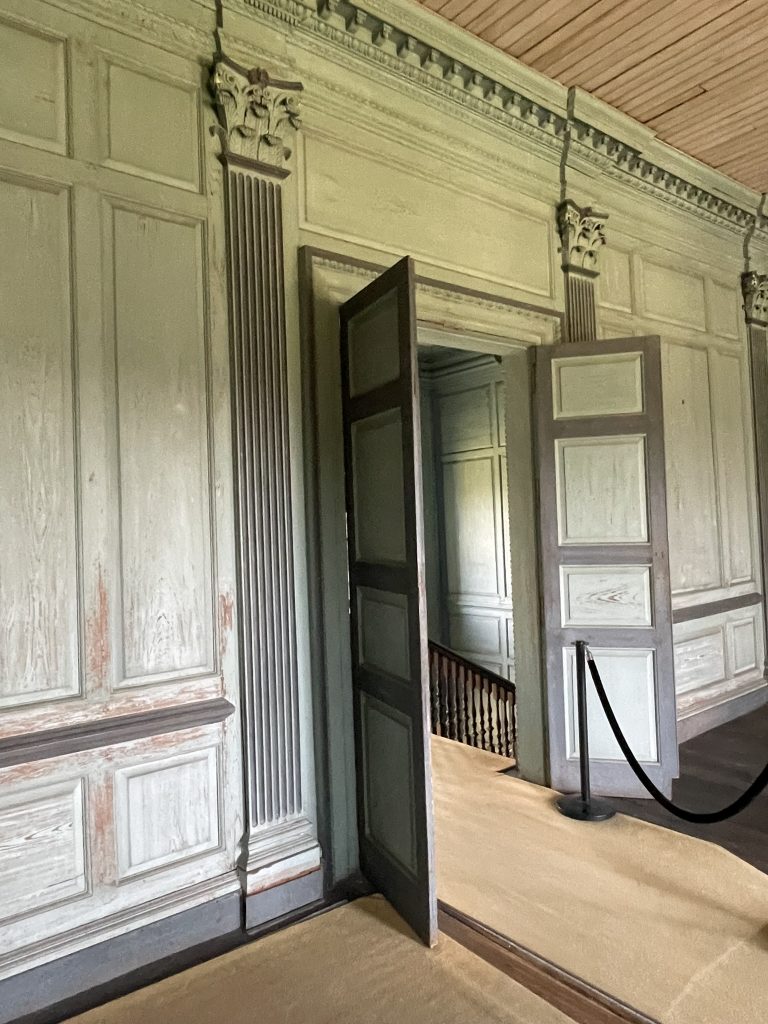
The house itself is really showcased as the work of art that it is (absolutely gorgeous!), with no distractions. The paneling, flooring, stairways, molding, ceilings, and some fireplaces are original to the home or to renovations that were made more than 100 years ago. The effect is somewhat ghostly but the rooms are jaw-droppingly lovely.
Some furnishings of the Drayton family were on display in the nearby museum.
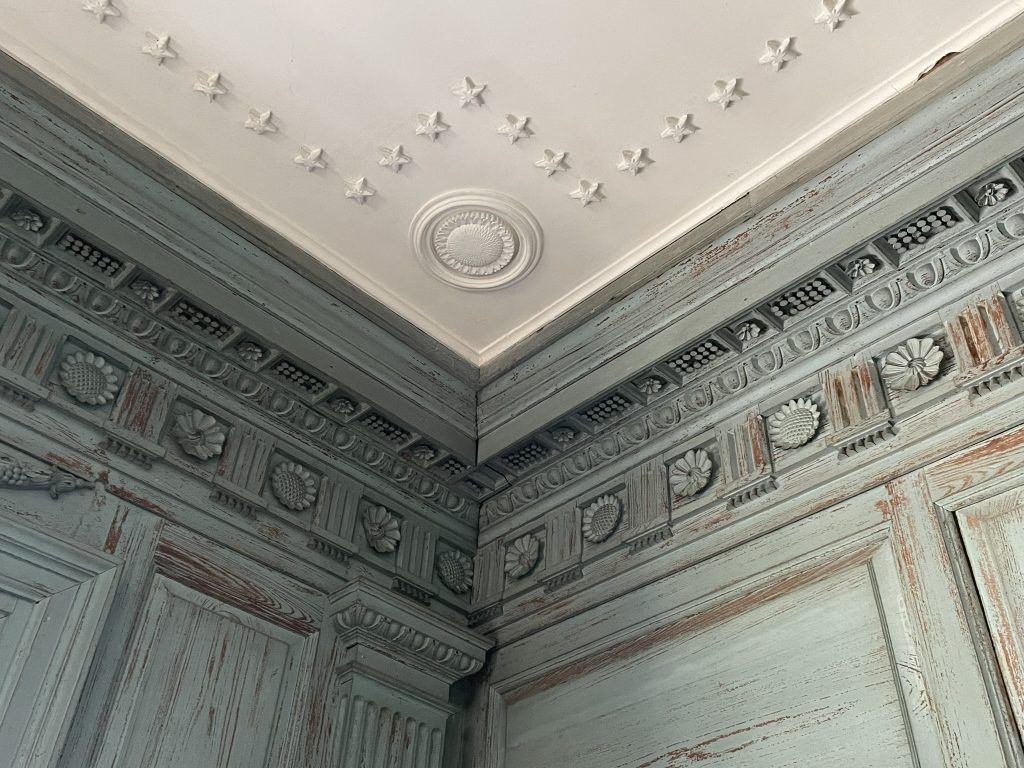
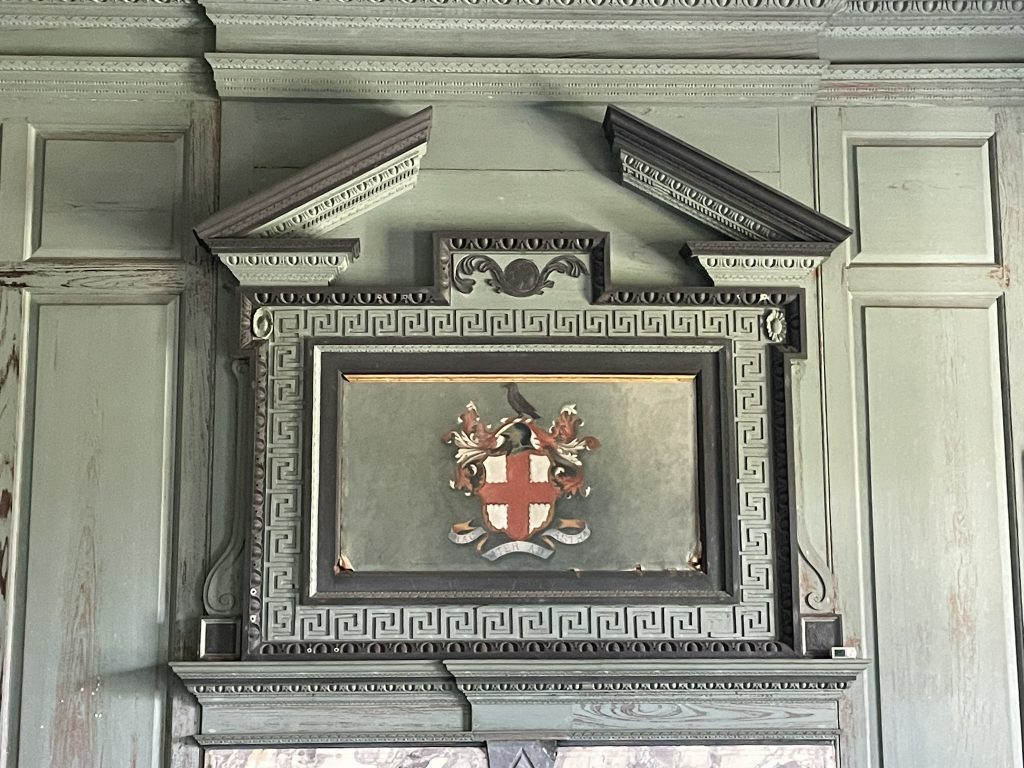
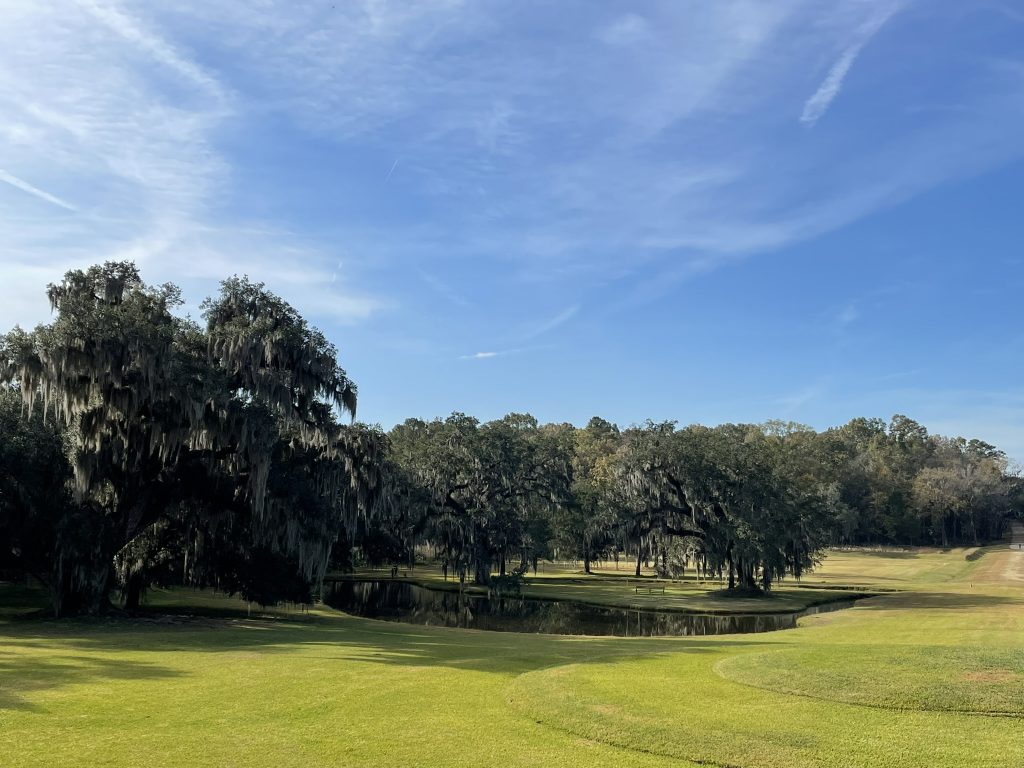
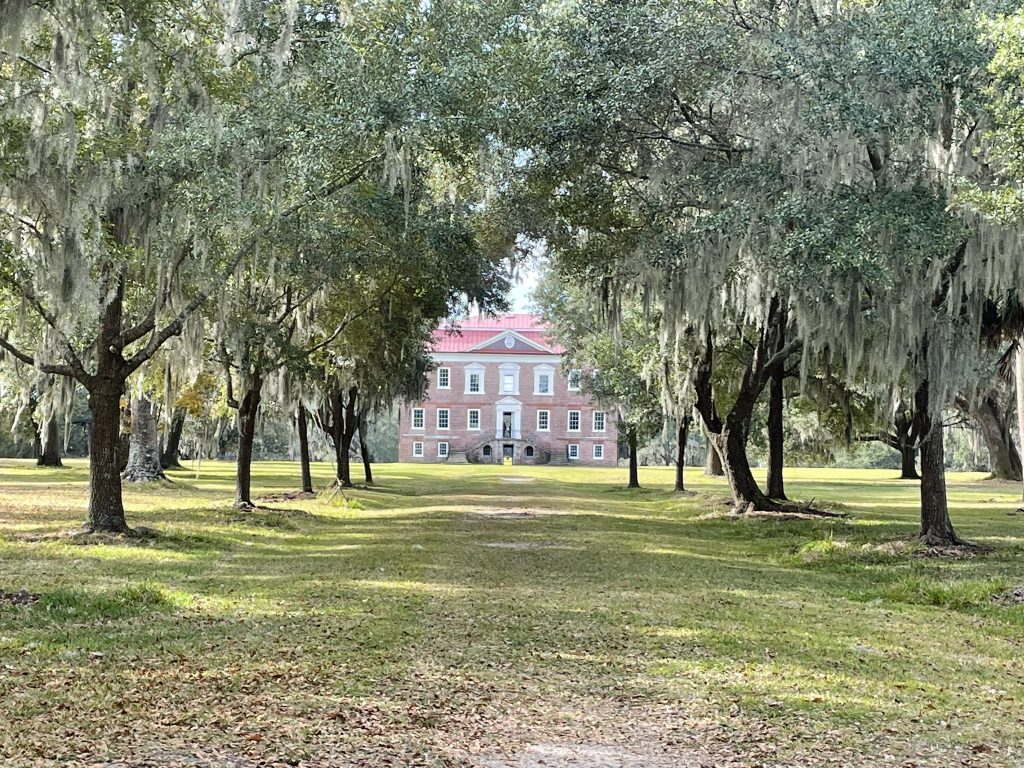
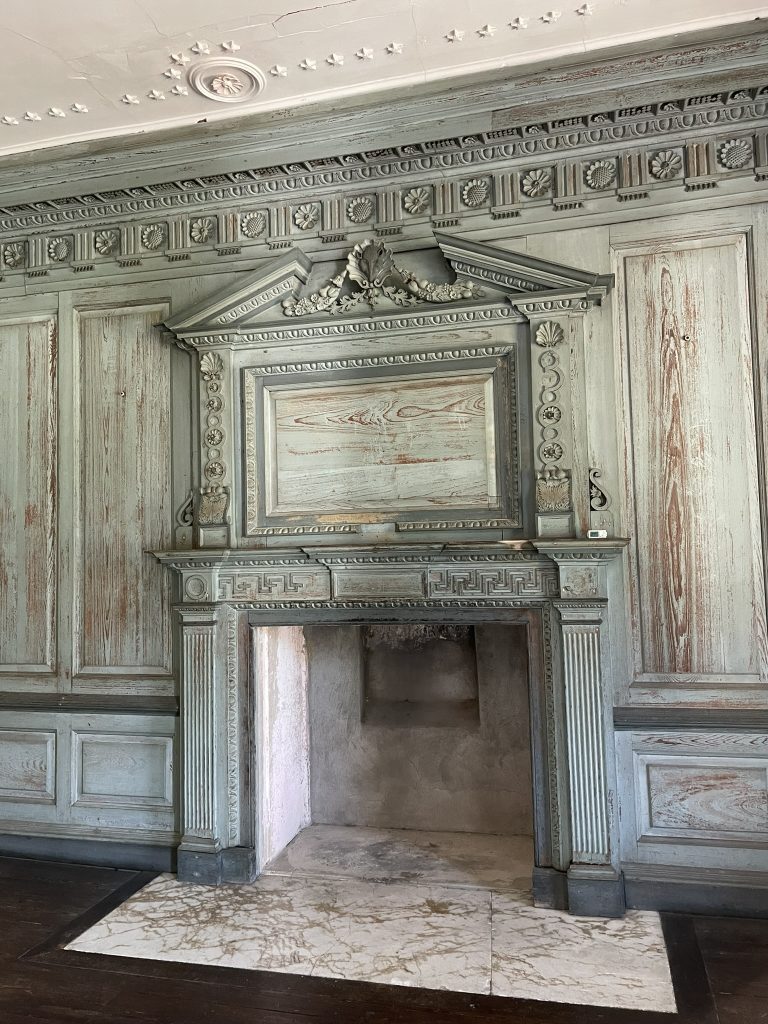
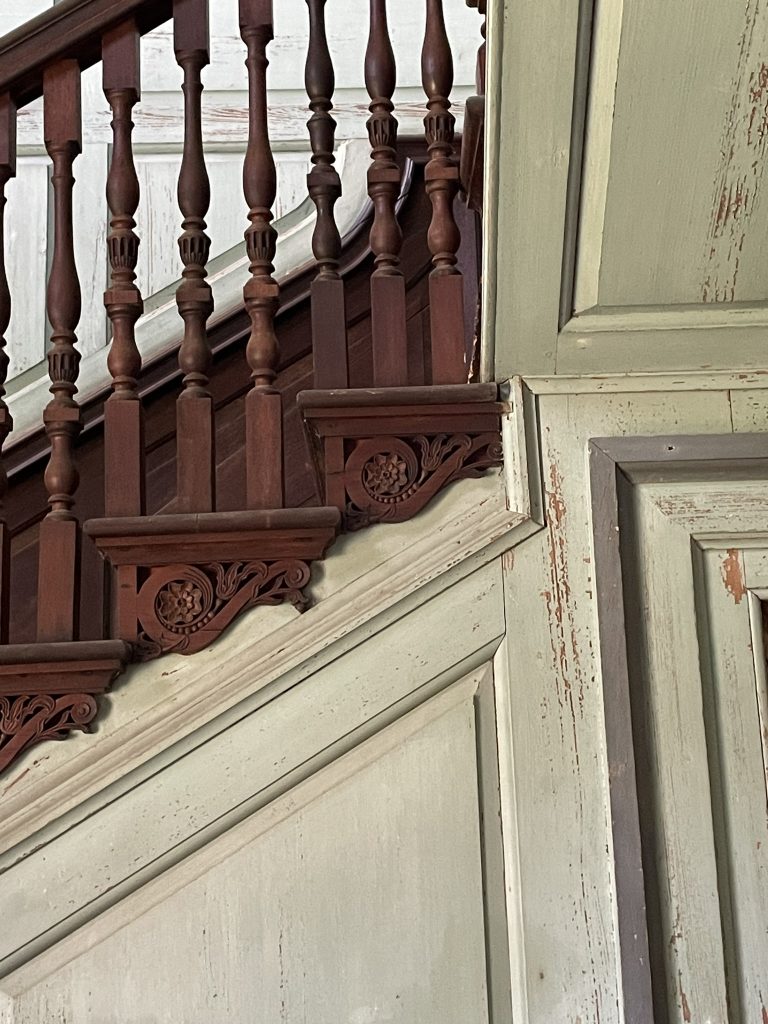
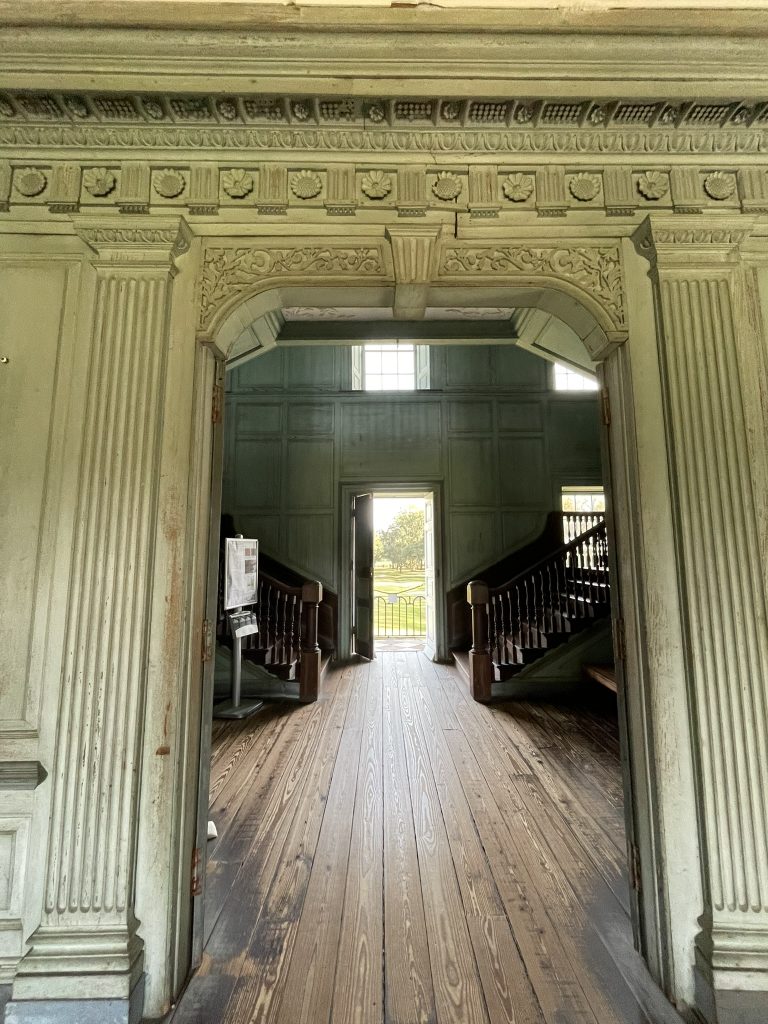
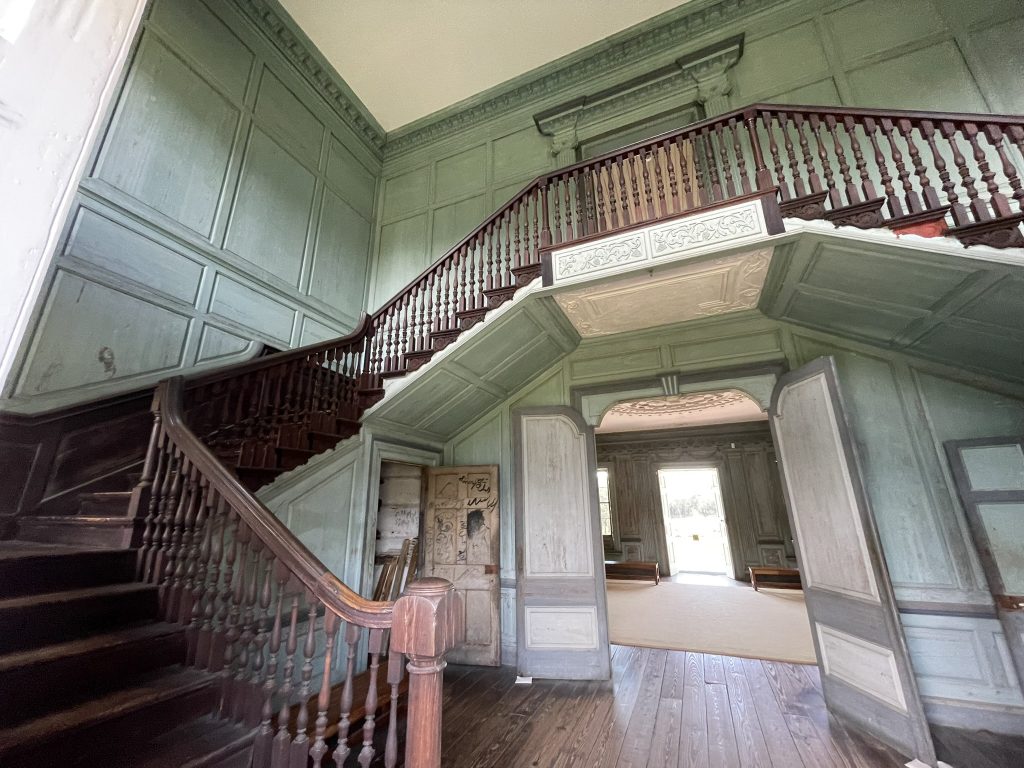
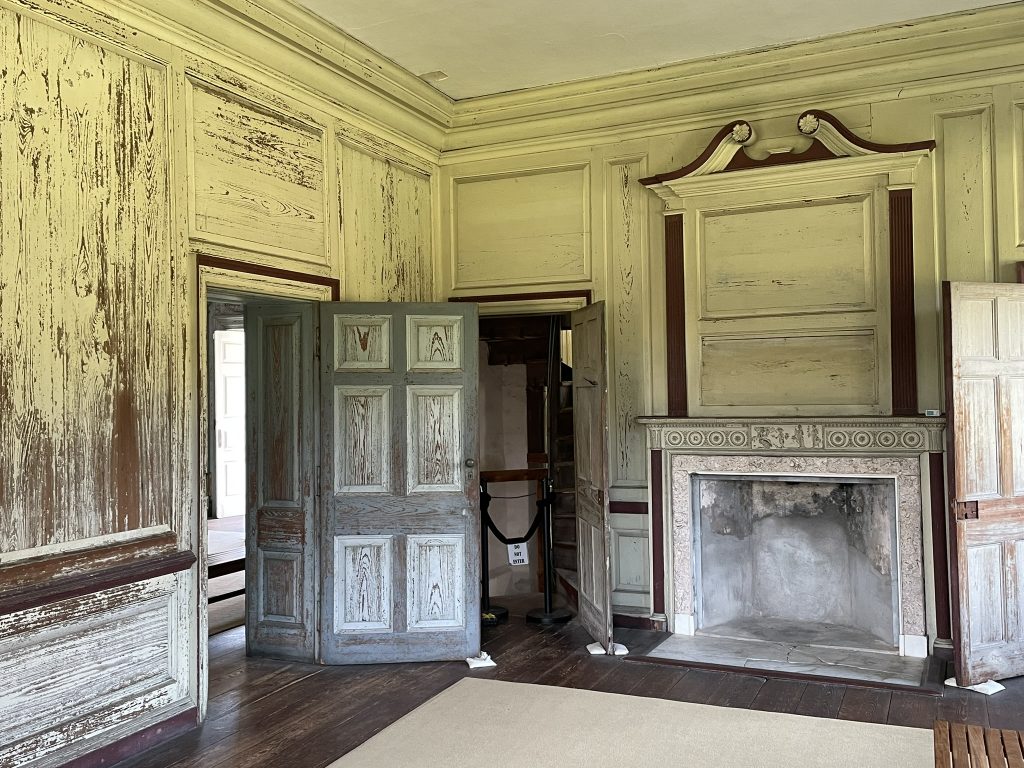
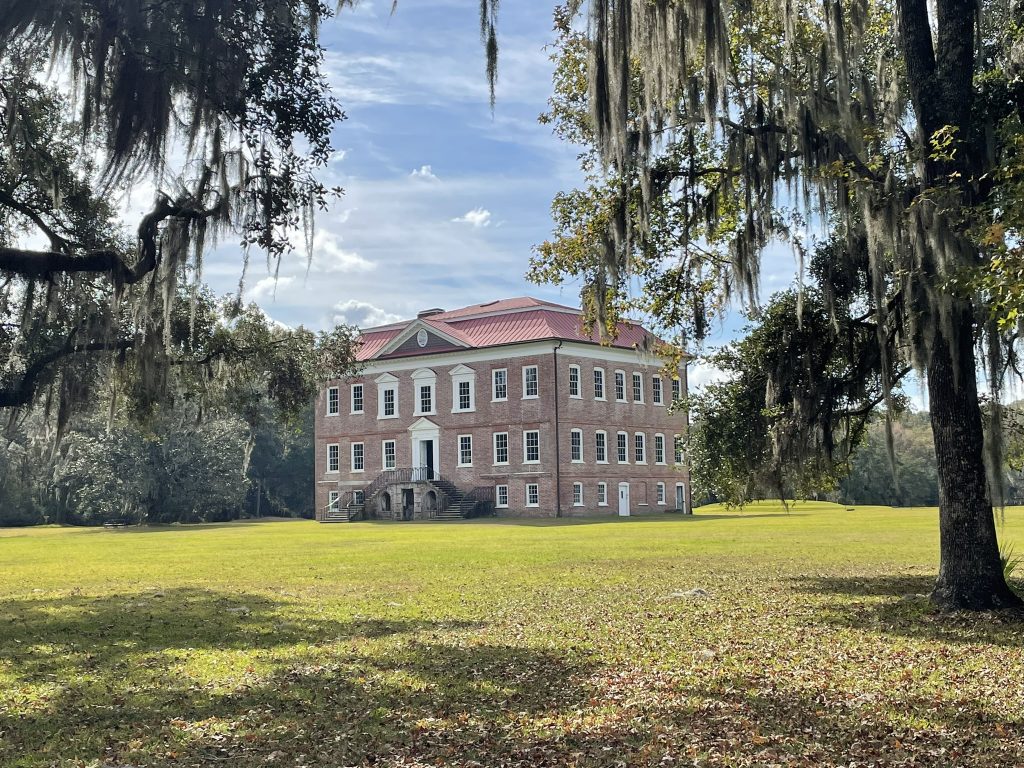
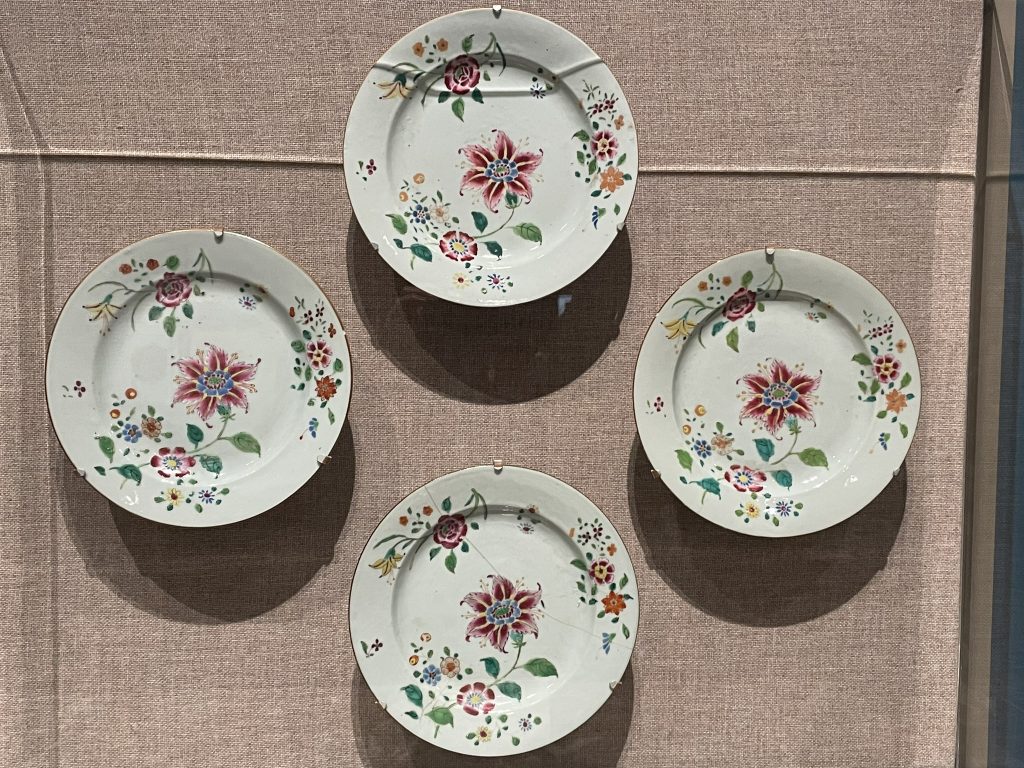
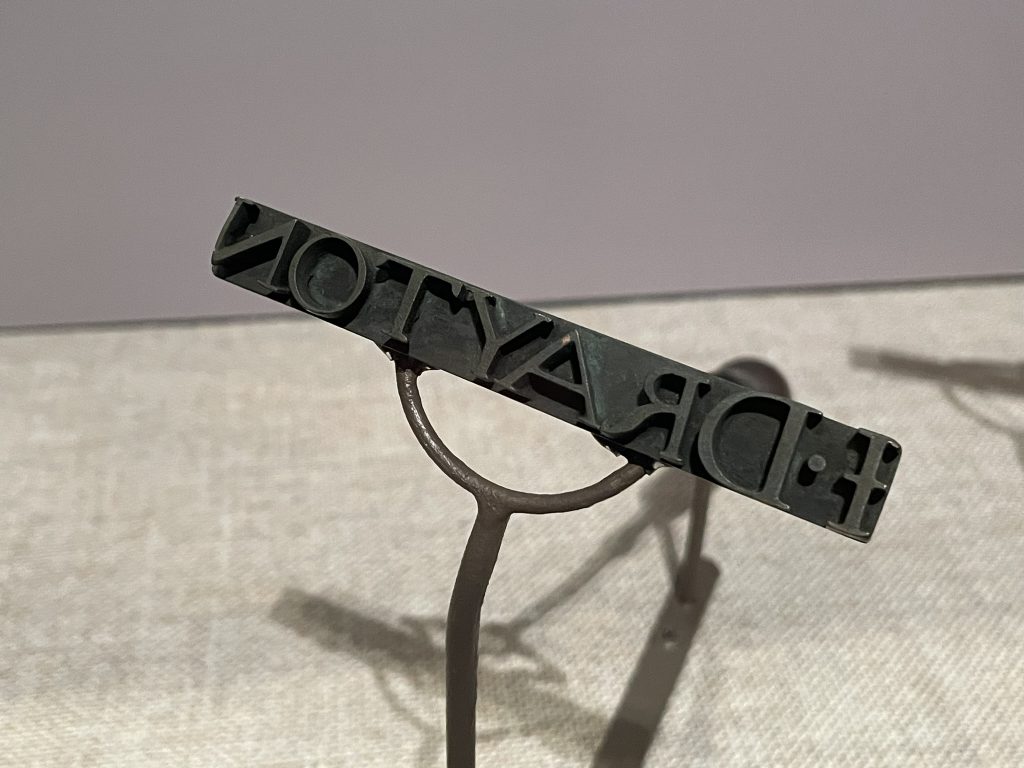
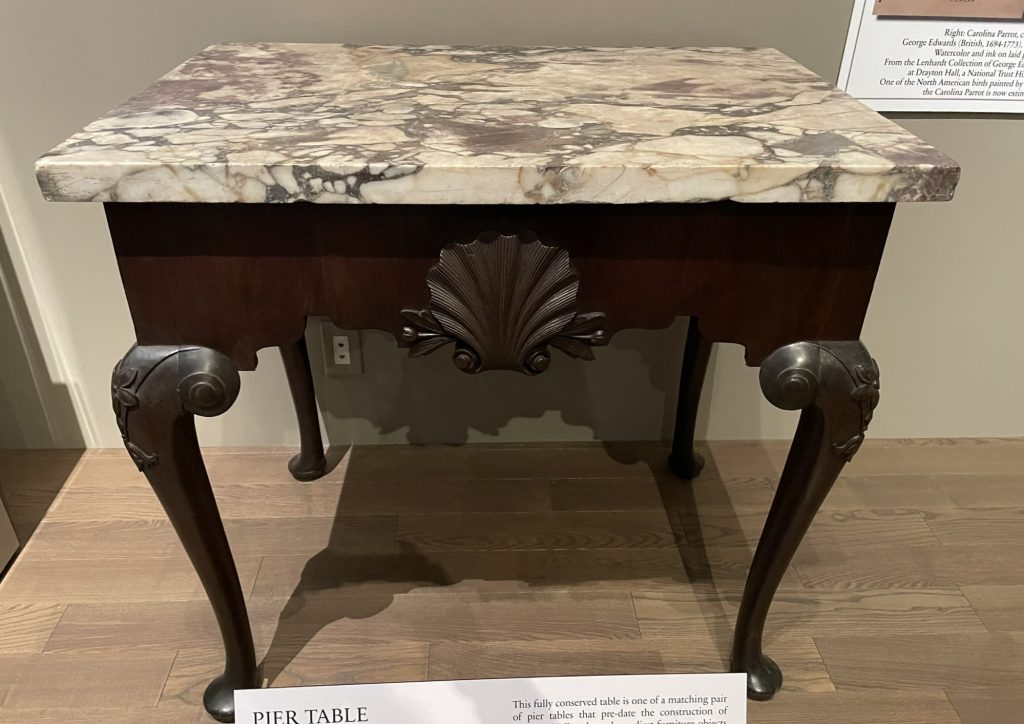
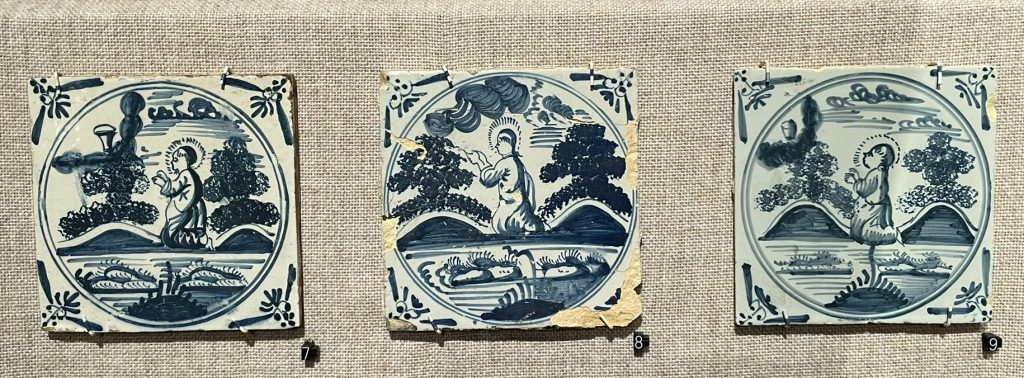





One thought on “Drayton Hall”